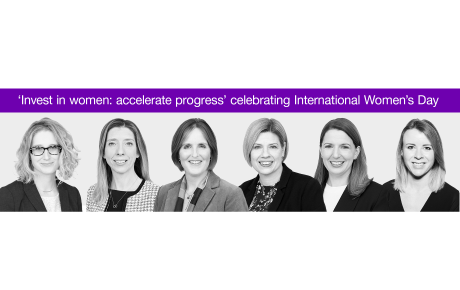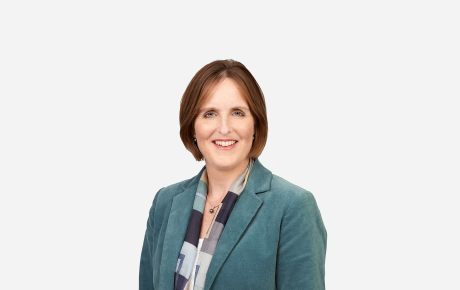
The man in the middle
Lloyd's Director of Performance Management, on trying to be unpopular with everyone and his cautious welcome to casualty business.
Tom Bolt isn’t desperate for approval. Back in 2010, soon after taking on the role of Lloyd’s Director of Performance Management, he gave an interview to the Financial Times in which he was quoted as saying: “My goal in life is to make sure everybody is at least uniformly unhappy with me. I’m not looking for everybody to be overwhelmingly enthused that I was such a nice guy.”
Four years into the job, has he realised his goal? “I’ve been way too nice!” teases Bolt. “Instead of the word uniformly I would prefer to use the word equally, because my goal is to equally apply what we do. If everyone is a little bit unhappy with you but still respects what [you’ve] done I think that’s the goal. In the best football matches you don’t notice the ref but you should never assume for a second that he didn’t have an influence on the game.”
Bolt would have done well to referee unnoticed given it’s been a game that has been packed with incident: the financial meltdown and ensuing global downturn; a record year for natural catastrophes in 2011; intense competition from alternative capital; the emergence of broker facilities. The list goes on.
In the best football matches you don’t notice the ref but you should never assume for a second that he didn’t have an influence on the game
A mixed view of casualty
So, as effectively Lloyd’s Head Prefect, what does Bolt make of moves by several in the market – including Hiscox – to dip their toes back into the notoriously litigious waters of US casualty? “We have mixed views of casualty depending on which segment you’re looking at,” Bolt comments. “I think in some areas casualty is pretty tough, while in other areas [developing] innovative new solutions for emerging issues in emerging parts of the market is what Lloyd’s is known for, [and] I think there are some real opportunities there.
“If you take a risk such as cyber insurance, we’re keen that Lloyd’s develops an expertise and reputation [in that]. But the data set... is not very good, so in many ways you’re buying that data as you take the risk. So, we like to work with syndicates to make sure that even though it’s an interesting opportunity, it’s a measured opportunity … [Casualty offers] some promise, some opportunity, but you need to be careful.”
Hold onto your pen
Bolt is also determined to ensure the growing trend of broker facilities does not compromise underwriting discipline at Lloyd’s. “We’re absolutely insistent that the underwriter gets to have their traditional role. So if it’s a ‘blind follow’ facility it’s a very tough one for us to approve. [But] I think there are some facilities that are great because the broker has a connection with a book of business that we wouldn’t normally get to write; there is a working relationship and level of control by the underwriter that means we’re likely to get a very good result. It’s very much the history, relationship and freedom of movement that the underwriter has within the facility [that matters].”
An improved view of risk
One of the key aspects of Bolt’s job is to try to ensure that Lloyd’s underwriters take an accurate view of risk by providing them with as much data as possible to help them make their decisions. Although brokers are developing their own databases of high-quality data, Bolt feels that the information held centrally at Lloyd’s is better. “The data set that the broker has generally only includes incurred losses; and, even then, they’re not all the incurred losses on the business they produce because they’re not always in the chain on the claims settlement. I think the data set we have on gross/net ultimate losses by class code, [as well as the] the data we have on the way the incurred losses are developing, for example, is a bit more sophisticated – and we have it on a market level.”
We’ve got a pond that is heavily fished so if you’re going to throw a line in, you’d better bring some fish with you
Bolt continues: “These tools are incredibly useful to our underwriters to help them see where they fit in the world. [Understanding] how are your losses relative [to other market participants] in a way that broker information can’t tell you [is important to underwriters]. Usually these broker opportunities are great ways to get educated on where you can cut your margins and make less money.”
Open for business
The launch of three new syndicates at Lloyd’s in 2014 should also not be seen as a sign that Lloyd’s is looking to increase the market’s capacity without good reason. “We’re only meant to approve business plans that have a realistic expectation of making a profit and you might be a little surprised to learn how many people come in [to my office] without that as part of their agenda,” Bolt says.
“We ask that people coming into Lloyd’s bring something new. It could be a new distribution, it could be a new book of business, it could be a new territory, it could be a new product. We’ve got a pond that is heavily fished so if you’re going to throw a line in, you’d better bring some fish with you."



